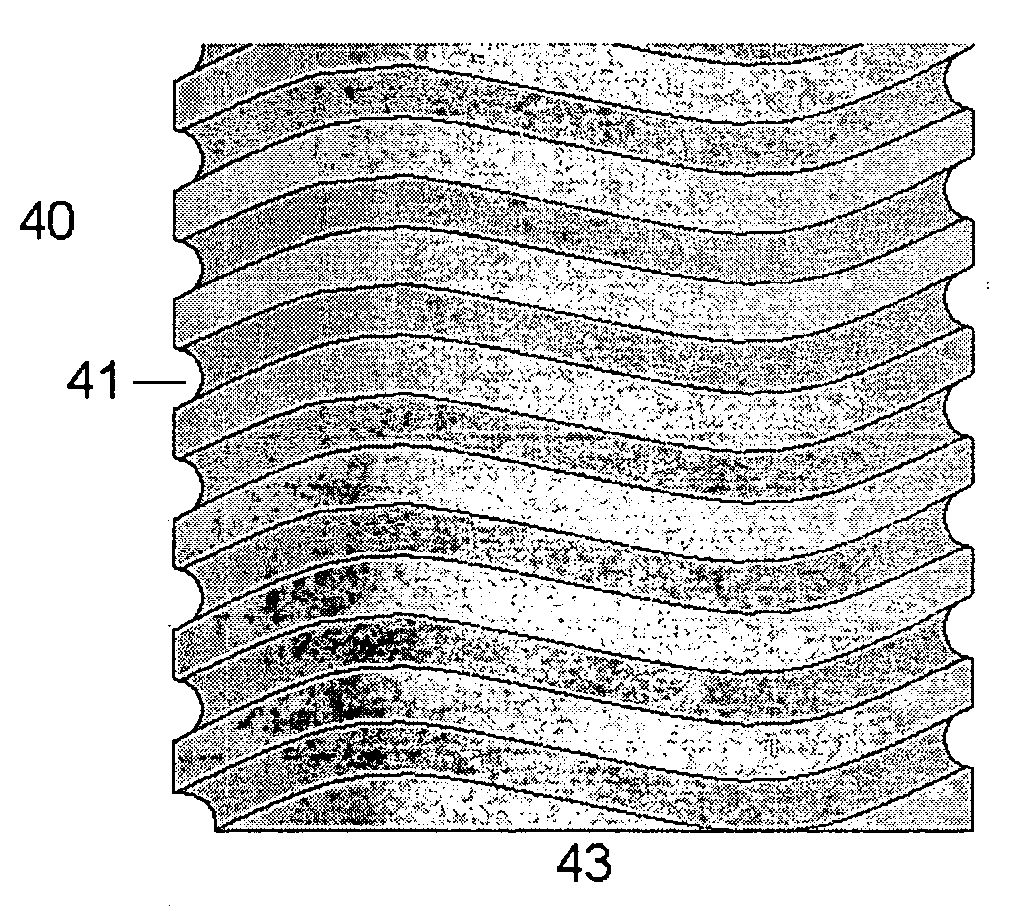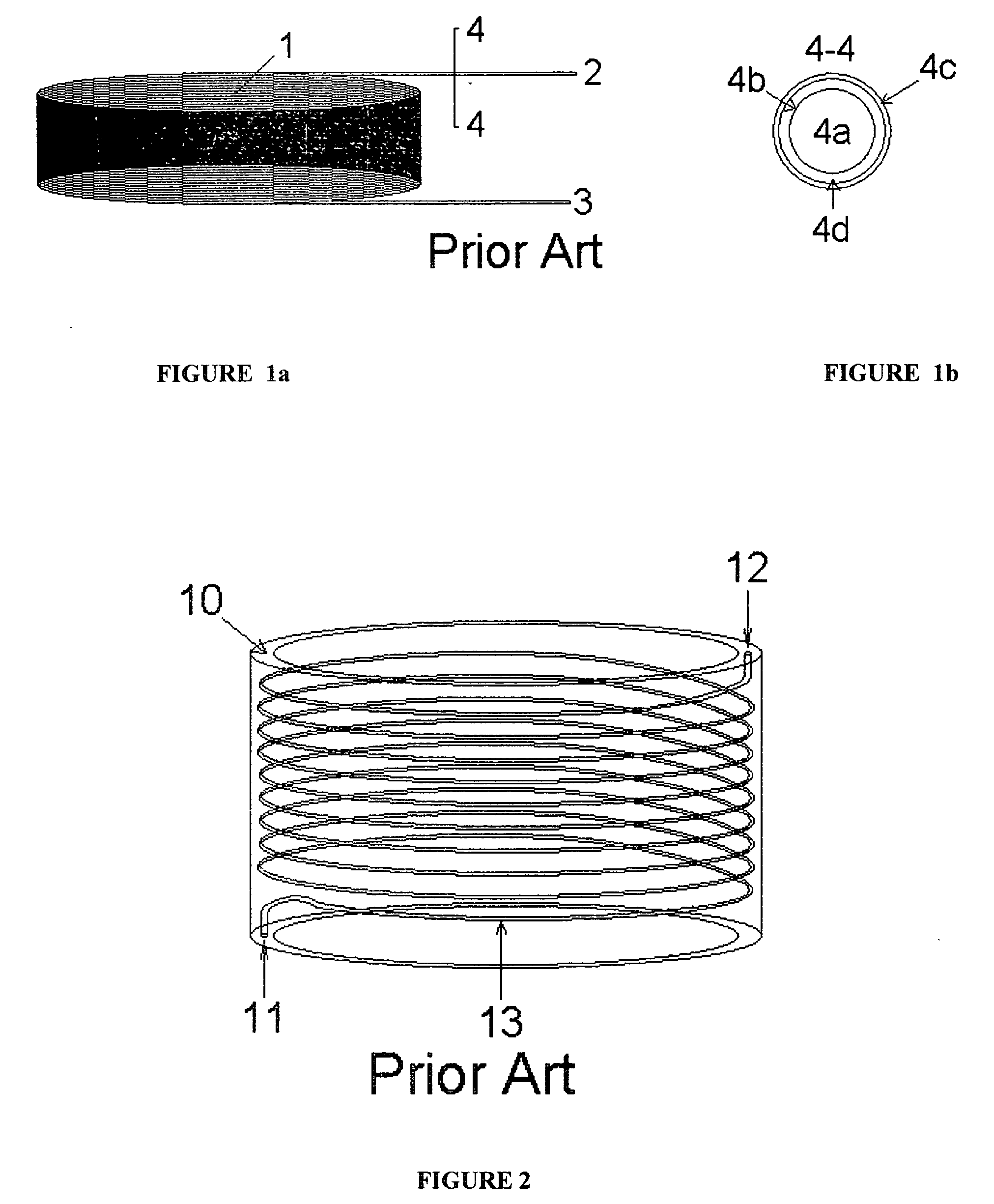Capillary column for filtering, separation and concentration
a filtering column and concentration technology, applied in the field of separation sciences, can solve the problems of inability to efficiently and conveniently interface with larger-scale laboratory glassware and instruments, fragility of on-column detection windows, and lack of polymer protection, so as to avoid the necessity of metallic or other buffer coatings, and improve tortuosity. the effect of reducing the need for costly and problematic polymer, without adversely affecting eddy diffusion
- Summary
- Abstract
- Description
- Claims
- Application Information
AI Technical Summary
Benefits of technology
Problems solved by technology
Method used
Image
Examples
Embodiment Construction
[0051] The present invention is useful for performing a myriad of separation techniques.
[0052] Describing the preferred manufacturing method is useful in later visualization of the myriad alternative embodiments for the new art devices. While the preferred manufacturing method enables most configurations envisioned, additional processing techniques may be required or preferred in producing some configurations and are considered to fall within the scope of the present invention.
[0053] The simplest embodiment of the present invention is produced from rod 43 and tube stock 44, preferably fused silica, as depicted in FIGS. 4a and 4b, and assembly of which is depicted in FIG. 4c through FIG. 4f. The rod 43 or tube 44 is mounted in a precise collet within a Jeweler's lathe spindle or suspended between two aligned spindles. A laser is focused and indexed along the axis of the rod 43 under rotation, forming a helical groove 42 with the desired depth, width and pitch—in essence a screw thr...
PUM
| Property | Measurement | Unit |
|---|---|---|
| Length | aaaaa | aaaaa |
| Concentration | aaaaa | aaaaa |
Abstract
Description
Claims
Application Information
 Login to View More
Login to View More - R&D
- Intellectual Property
- Life Sciences
- Materials
- Tech Scout
- Unparalleled Data Quality
- Higher Quality Content
- 60% Fewer Hallucinations
Browse by: Latest US Patents, China's latest patents, Technical Efficacy Thesaurus, Application Domain, Technology Topic, Popular Technical Reports.
© 2025 PatSnap. All rights reserved.Legal|Privacy policy|Modern Slavery Act Transparency Statement|Sitemap|About US| Contact US: help@patsnap.com



